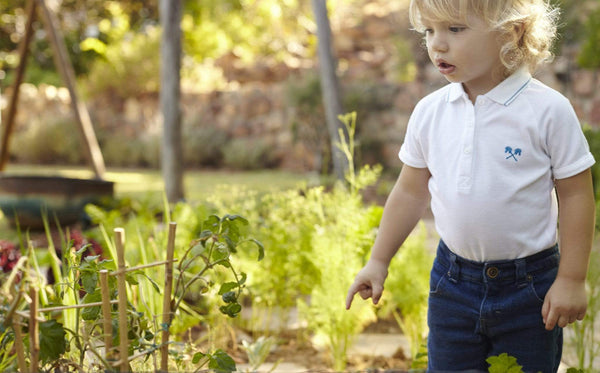Picky Eating? How fussy is your child, really? A paediatric dietician tells is like it is…

Picky Eating? How fussy is your child, really? A paediatric dietician tells is like it is…
Reading time: about 3 minutes
What is it about food and toddlers? Paediatric dietician, Deborah Jacobson, suspects that less toddlers are actually picky eaters than we, their parents, think. She would venture that it is actually us parents that are too demanding. “About 50% of all parents describe their children as ‘picky’, but there is not a proper universal definition – I would say that a picky eater is one who only has a small variety of foods that they are happy to eat and do not like to try new things.”
But does picky eating equal problematic eating? “Most children, whose parents describe them as picky, grow well” explains Deborah, “Picky eating only becomes a problem when the child is not growing or developing well, when it interferes with daily life and when there is fighting around food and meal times so that meal times become very anxious”.
A matter of opinion
Picky eating is often just one of the many ways your new toddler will express his own personality, and in his own way, opinion. “Fussy or picky eating usually starts at a time when children are becoming familiar with their own sense of self, have started talking and voicing their opinions – “No!" – and discovering that they have an effect on the world,” says Deborah, “And expressing their opinions about certain foods is part of this development.” In most cases, picky eating is a behavioural difficulty more than an eating one, although any medical problems do need to be ruled out by a doctor.
Be part of the solution (not problem)
As hard as it may seem, the bottom line is to try and remove the anxiety out of eating and meal times for both you and your child. Deborah’s advice is to continue to set regular eating times and choose appropriate foods, including offering different foods (textures, flavours, shapes) along with the regular favourites, even if they refuse them. The key is to realise that while it is your responsibility to provide the food, it is your child’s responsibility to eat it and to decide how much of it to eat. You can ask your child to choose from a few choices of foods so that they have some say in the matter and if they refuse to eat, simply remove the plate and let them wait for the next meal. Try not to be upset when food is rejected – most children need to be exposed to the same food at least 20 times (!) before trying it. Take a look at yourself too: a child’s most significant role models are his parents – if you eat a varied and healthy diet, so will your child. So, where possible, try to eat together as a family, at the table, and get your children involved in the food – shopping, preparation and setting the table.
As an aside…pack a punch!
When you know that you child will only eat tiny amounts of certain foods, try to make each bite count. Offer your child foods that pack lots of nutrition into small doses, such as:
- Avocados
- Pasta (either with or without Gluten)
- Broccoli
- Peanut butter (although be careful of allergens)
- Bananas
- Brown rice and other grains
- Potatoes or Sweet Potatoes
- Cheese
- Poultry
- Eggs
- Squashes (Gem and butternut)
- Fish (not fish fingers!)
- Red fruits (strawberries, raspberries)
- Blueberries
- Yoghurt (natural…not flavoured)



















